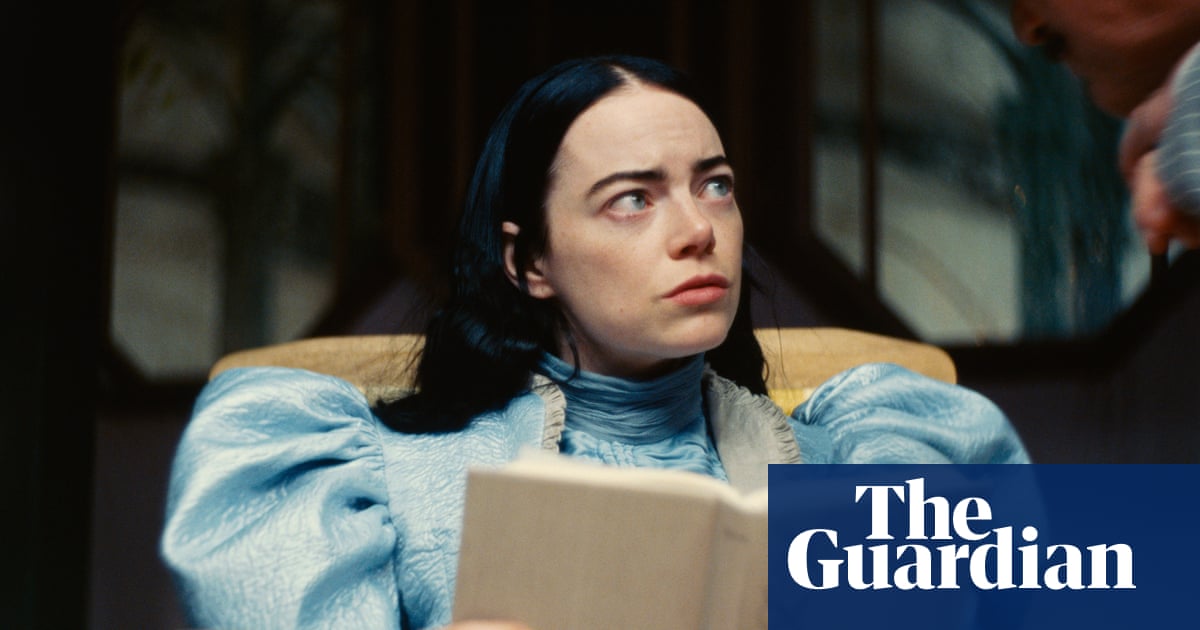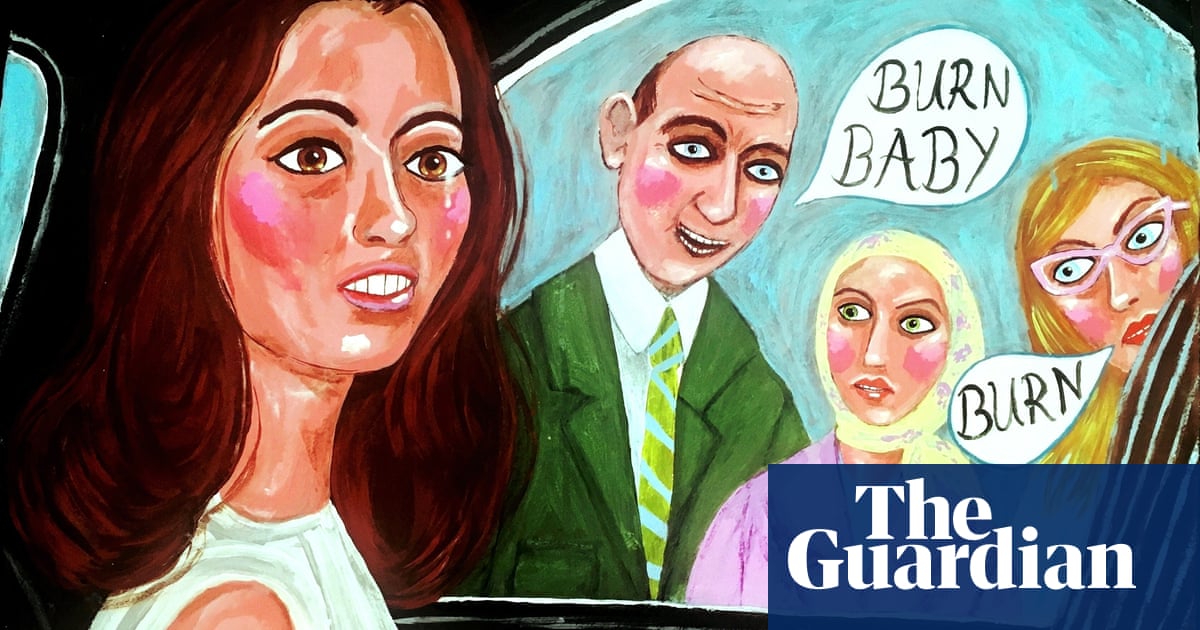
We humans have a profound impact on the world around us. Bob Paine, the groundbreaking American ecologist, once described us as a “hyperkeystone” species: our actions affect the lives and habitats of other creatures more than any other species on Earth. So much so, some scientists have adopted the term Anthropocene to refer to the current era, defined by atomic testing, the climate crisis and the development of plastics. Evidence of human activity will survive long after we are gone, both within the fossil record and in the state of the planet more generally, which we will have influenced in long-reaching and unpredictable ways.
There is some wonderful writing on this subject, not least David Farrier’s Footprints, a fascinating nonfiction book that seeks to predict the traces we will leave behind: from the nuclear waste sealed deep within concrete tombs to the future rust-stained remains of our megacities. The World Without Us by Alan Weisman was a 2007 mega-bestseller along similar lines, which asks what would happen if, for some unspecified reason, all humans disappeared from the planet tomorrow. Drawing from hundreds of interviews with engineers, scientists and archaeologists, it unfolds like a thriller: bridges collapse, subway tunnels flood, skyscrapers fall to the ground.
Indeed, we are relatively familiar with these visions, thanks to disaster movies and speculative fiction. Mary Shelley’s The Last Man, published in 1826, is one of the earliest examples; the titular last man is Lionel, sole survivor of a global pandemic spread through the air. The collapse of society is greatly speeded up by climactic upheaval; sea levels rise, villages are swept away by floods, doomsday cults take hold, refugees travel north. In the final pages of the book, Lionel walks the deserted streets of Rome – a deeply influential image that recurs again and again in popular culture.
Since Shelley’s time, the planet has warmed by 1ºC due to human activity; sea levels have risen by 20cm. Environmental anxiety has spawned a whole new genre, “cli-fi” or climate fiction, which explores how the world might look after global warming takes full effect. Octavia Butler’s Parable of the Sower follows Lauren, a teenager struggling to survive in a dystopian US, where much of the south has desertified and, outside of a few fortified regions, the rule of law has collapsed. Butler’s Earthseed books, as this novel and its sequel, Parable of the Talents, are known, take place in our own world and are written in realist style; indeed, in a time of uncontrollable wildfires around the globe, melting permafrost and fears of a Gulf Stream collapse, speculative fiction has never felt so prescient.
When I was researching my new book, Islands of Abandonment, I went in search of places where “the worst has already happened” – landscapes wrecked by war, natural disaster, pollution, irradiation, industry. In Montserrat in the Caribbean, I found the former capital standing two storeys deep in volcanic flow. In Chernobyl, an exclusion zone bigger than Cornwall, where climbing plants scaled the walls of dead-eyed apartment blocks, I appreciated Mary Mycio’s Wormwood Forest. This “natural history” of the nuclear disaster charts the effects of the region’s irradiation and subsequent abandonment on its wild inhabitants. In the absence of people, brown bears have returned for the first time in a century, and wolves have increased sevenfold.
Still, when confronted with the scale of the wreckage – physical, temporal, social – one realises how thin this silver lining might be. We can only hope that, as a species, we might learn from our past mistakes and begin to live more lightly on this Earth.
Islands of Abandonment: Life in the Post-Human Landscape by Cal Flyn (William Collins) has been shortlisted for the Wainwright prize sponsored by James Cropper. To support the Guardian and Observer order your copy at guardianbookshop.com. Delivery charges may apply.












